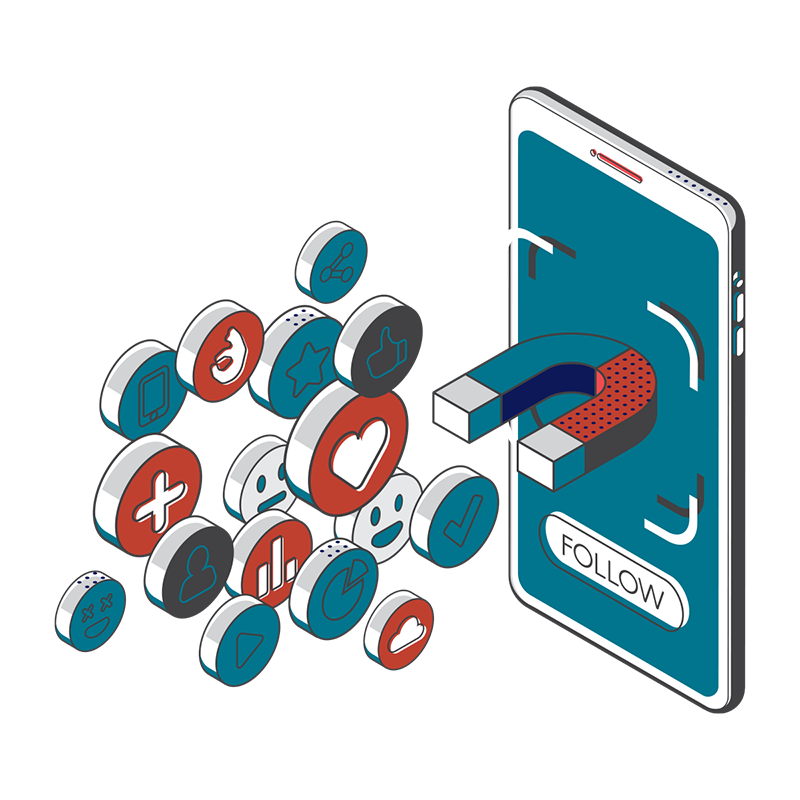1. Develop a culture of philanthropy
The fundraising team, in collaboration with the leadership team, must develop a culture of philanthropy throughout the organization. This means no one on the organizational team (program, service, human resources, finances...) apologizes for building a community of donors working together to accomplish your mission. As a team, all members invite, share and inspire people to join your unique journey.
2. The story is the kernel of truth that perpetuates the ask
The principles of storytelling have not changed. But today’s generation is visual. Social media, email and small screens are perfect for video. Photos with just a few words are effective at getting attention. Captions still make an impact – but craft them to inspire, not describe. Let the photo describe. Infographics help get the message out easily. Don’t get us wrong… print is not dead. But long sentences, cumbersome structures and 7-syllable words are not appropriate.
3. Pay attention to generational shifts
Adopting digital trends and using the latest technology is uneven. Know your unique audience. Open the doors for new audiences. Refuse to use only one tactic. Sixty-year-olds are very digitally savvy. Thirty-year-olds are playing on Facebook with their grandparents. When we see an organization shifting all their communication to digital, we cringe. Our audiences are living in multiple spaces. But, overall, new generations live on their small screens.
4. Explore the possibility of subscriptions
Recurring gifts are growing in popularity and convenience. Know your audience and ensure the price point is right for your cause. Today, the average child sponsorship monthly gift is hovering between $40 and $50 a month. Organizations are playing with lower monthly gifts in acquisition and then cultivating the donor with upgrades. In determining monthly rates, be very careful. Upgrades can provide increased income, but you need to understand your audience.
5. Personalization
You already know a lot about your donor – where they live, what they give to, how often they give and their favourite things to give to. Successful personalization is dependent on the accuracy of your database, the information you keep and smart selects. Mass marketing is based on trends. Major donor development is more highly personalized. Be careful in your segmentation of mass markets. For small data files (under 50,000 files) mail deep and frequently (digitally or traditionally).
6. Digital works
Reports tell us that email response increased 28% last year. You can check that with your own records. You should be giving your email the same kind of attention you give your print campaigns (and they should be integrated). Your copywriting, design, offer strategy and response forms are equally important. If you email has not been performing, look at your campaigns, analyzing the offer, content and design. Test often, building your knowledge base.
7. Don’t confuse fundraising with donor development
Crowdfunding, peer-to-peer campaigns and events are awesome fundraising tools. Set goals, understanding that very few participants will become long-term donors – but some will.
The strengths of fundraising tactics are brand building, revenue growth (if you’re careful) and community building. Smart fundraisers use multiple tactics and disciplines to raise revenue and build a healthy donor base.
8. Share impact not numbers
Donors want to know you are making a difference. While many ask for percentages and numbers, what they really want to know is that their investment in you makes a difference. Using infographics, visuals and compelling stories, let your donors know they are making an impact. Tell impact stories and celebrate success, include your donors in those celebrations.
9. Make a plan and stick to it
Two-thirds of your fundraising is having a strategy and doing it. Using your data to determine the activities with the highest ROI helps you determine the plan. While brand and content may not have a direct influence on ROI, they have a long-term impact.
10. Think campaigns
Strategically develop campaigns that cross over tactical lines. Campaign-focused fundraising and marketing empowers you to take advantage of content, media, social media, video, online and print. Keeping the campaign tight helps to manage the internal culture of philanthropy, keeping your whole team (not just the fundraising team) on message.
